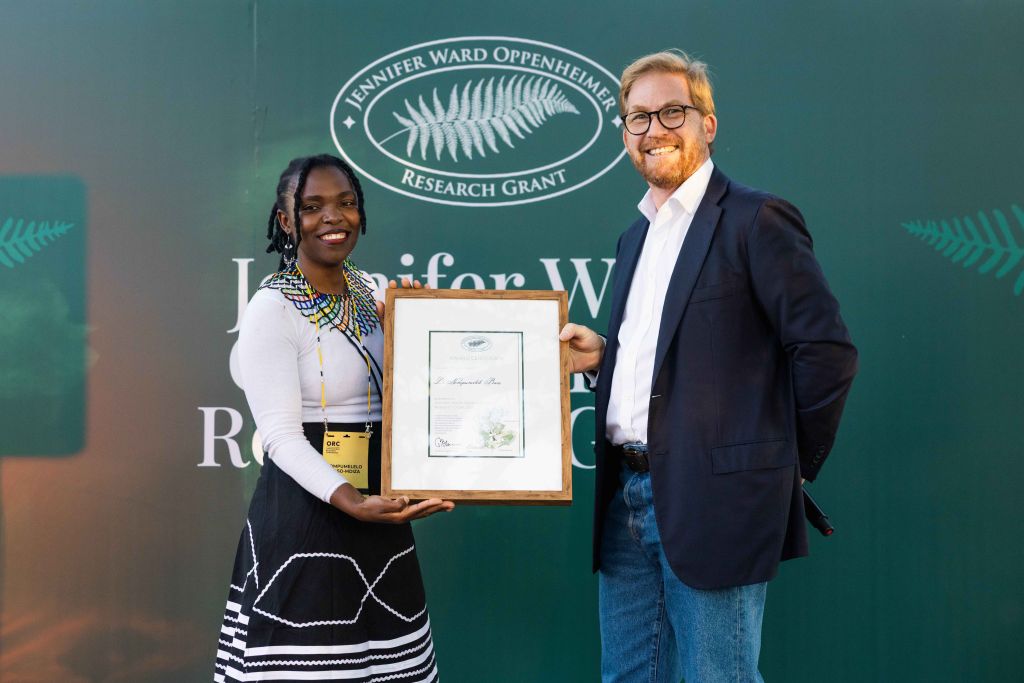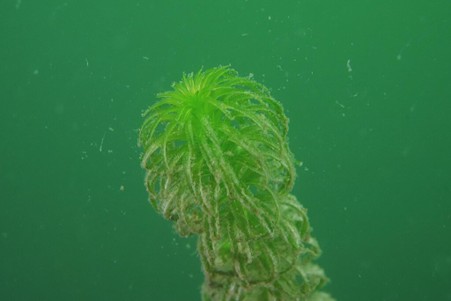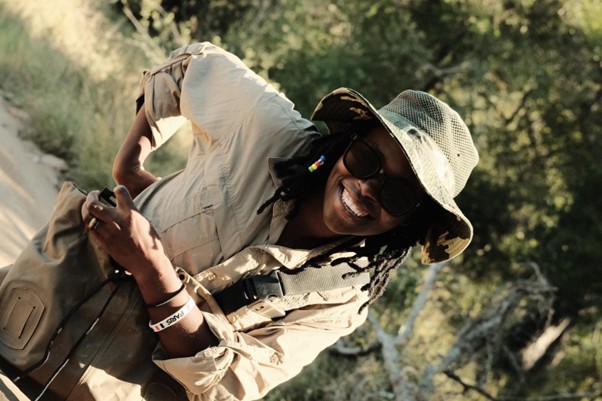From ponds to power plays: South African scientist tackles invasive plants with game-changing research
This article was first published by Daily Maverick.
It’s not only South Africa’s national rugby team that’s been walloping New Zealand. Invasive plants from South Africa are doing to the waterways of NZ what the Boks did to the All Blacks in the recent Wellington Test: overrunning them and leaving their custodians scratching their heads for answers.
Just ask botanist and freshwater ecologist Dr Nompumelelo Baso, who researched oxygen weed (Lagarosiphon major) for her PhD. She recalls pulling the aquatic plants from the water in their native South Africa and finding it an easy, one-person job. But in New Zealand, it took two people heaving and straining to drag up a great wet, green rolling maul of the stuff.
Baso, the 7th winner of the 2025 Jennifer Ward Oppenheimer Research Grant, awarded today (October 16) at the 14th Oppenheimer Research Conference, has a plan.
The USD 150,000 grant will help the 30-year-old scientist assemble a team of data experts, climate change, plant, fish, insect, and social scientists across several African countries to develop models to better identify and predict ecological tipping points — events likely to trigger undesirable, permanent change to freshwater ecosystems.
A blend of fieldwork and data modelling will be used to develop an online dashboard. The idea is it will make it easier for land managers, scientists and policymakers to examine the consequences of a planned intervention or, conversely, the consequences of inaction.

Invasive aliens
Regarding the oxygen weed invasion in New Zealand’s waters, Baso reckons this is due to the absence of the insects that co-evolved with the plant. This results in the plant “growing crazily”, often exceeding 6-metres in length, choking aquatic systems, and harming water quality.
The world over, plant pests pose a grave danger to the health of natural systems, displacing primary indigenous plants and decimating others and the animals that depend upon them. Add climate change and pollution to the mix and aliens are likely to proliferate further.

Tipping points
In Africa the threat is perhaps more serious because so many of the continent’s people rely directly upon natural systems. They draw drinking water straight from rivers and streams, wash their clothes or catch fish.
At the same time, natural systems in Africa are vast and varied and the research resources needed to better understand and protect them are stretched thin. A little like those All Blacks and their defence, if you like.
Food webs
“Because we know the types of fish and invertebrates within a region, we can make an assumption about what your system is supposed to look like in its natural form. Then you can enter your own data — the current cover and the type of invasive species you have — and it’s going to tell you how that system will change.”
Users will be able to see at a glance “what happens to fish stock or other plants if you leave an invasion to grow from 10% to 50% or 70%” cover of a body of water.
Baso felt it would also be a useful tool to provide motivation for alien invasive clearing efforts or biological control. “Sometimes the people with the money don’t understand the actual impact until you show them that a certain fish can’t survive at a specific level of invasion.”
Shared solutions
A postdoctoral research fellow with the SA Institute for Aquatic Biodiversity, Baso is already busy with the South African part of the project. With other experts, she’s been visiting sites near Johannesburg, taking fish samples for isotope analysis to determine what they are eating at different levels of plant cover. (More on this in a moment.)
Now that she has funds the project will be expanded to include work in other African countries and to bring in other disciplines, including fish and invertebrate scientists.
“I’ve got people in Zimbabwe, for example. There’s an invasive species called Amazon frogbit (Hydrocharis laevigata) they are working on, and I’d really like to join that project and bring the aspect of stable isotope analysis into it. I am also looking to join some Kenyan colleagues of mine to do some isotope work there,” she said.
Future proof
Isotopes are atoms with the same number of protons as the primary form of a given element, but a different number of neutrons and so have a different atomic mass. This property lets scientists use them to label common molecules of carbon and nitrogen and track their movement through the environment, using long-established but increasingly sophisticated techniques.
From this they can trace the flow of energy and matter, identify nutrient sources, and understand the processes of nutrient cycling in ecosystems. By comparing the ratios of isotopes in a sample organism’s tissues against a reference standard, the organism’s position — or trophic level — in a food web or chain and its primary food sources can be determined.
Put simply, it lets you see who eats whom, be it plants, insects or fish.
Local roots
Baso said the project will help researchers trace the cascade of ecological effects that invasive plant species cause, with a focus on trophic interactions.
“So if a water hyacinth covers 100% of the system, you won’t get any light penetration. The idea is to see what the tipping points are in terms of recovery. Are we seeing tipping points at 50% cover, or 20% cover, or does it depend on the species itself?
“We know that invasive species tend to simplify the food web, so there will be fewer things to eat in the system and less diversity. If a native plant that supports a particular aquatic life disappears, what will survive?”

People power
So much for tipping points of an ecological sort. What about Baso the person? At what point did she come to be tipped into such a broad, ambitious project, or her field of study for that matter?
As a youngster, poking about in ponds and studying water plants wasn’t on her to-do list. She hoped to study pharmacy at Rhodes, but with limited places on the programme she enrolled for a Bachelor’s in environmental science.
Initially Baso had misgivings.
“I never even thought there was a career in science because when I used to see career books, they would have these white men with beards. I was like, ‘That’s a scientist, I’m not a scientist’.”
Serendipity
At the time she was barely aware of botany and zoology as fields of study.
In retrospect though, Baso is grateful her pharmacy plans didn’t pan out. “That led me to the path of my natural love,” she said and feels that perhaps the universe pushed her in the right direction.
As a postgraduate she specialised in botany and sees in this and her ecology studies, a natural sympathy with her childhood experiences in Peddie, in rural Eastern Cape.
“I lived next to a small, man-made dam where we used to do our laundry on the weekends. I was mainly playing, but we were always next to the water, and we saw that it was accessible. But over a few years, you’d see the reeds start moving in, and it became more difficult to get access to the water. At that point, I didn’t know there was something that could be done about that,” she said.
Baso reflects that in time the government provided her village with taps. That solved one problem, but perhaps exacerbated another. “People didn’t care much about the system anymore,” she said, adding it was partly why she was now keen on science communication and committed to helping people understand there’s life in natural systems and that it needed to be sustained.
It’s hard to imagine it when speaking to Baso, who seems friendly and out-going, but she insists that part of the reason she moved from environmental science to botany was “because I used to think I’m not a people-oriented person when I was an undergrad”.
“I was very reserved and the environmental studies required us to understand and work with people a lot. What I loved about botany was that you could just focus on your research, on the species that you’re working with… You didn’t have to talk to anyone about it.”
Happily, the botanist has emerged from her shell. She’s “worked on that skill” and today communication is a big part of her job, including through her work with Rhodes University’s Centre for Biological Control.
“We do a lot of stakeholder engagement, and we try to get the local communities involved. So that’s how I got used to not just the science itself, but also taking the science to the people,” said Baso.
Her dashboard project has a similarly inclusive, democratic ethos.
“The hope for my project is to have a transdisciplinary approach. I want to get the people who are going to use the dashboards to talk to me and tell me the layout that would best suit them. It is science, but it’s also science for the people.”
She believes it has the potential to tackle a crisis with climate change and invasive species that’s not limited to Africa but affects the whole world.
“I’d love for us to be the first ones to come to the table with solutions instead of always being the ones who are left behind,” said Baso.
Good news then for South Africa and our friends in New Zealand.
Editor’s note: For readers who don’t follow rugby, the recent historic victory for South Africa’s Springboks over New Zealand’s All Blacks was a 43-10 win on September 13, 2025, in Wellington, marking the All Blacks’ heaviest-ever defeat
This story was produced by Jive Media Africa, science communication partner to Oppenheimer Generations Research and Conservation (OGRC).
Author
- Healing the planet from the ground up - December 12, 2025
- Investing in nature: African ministers call for rethink on conservation funding - October 17, 2025
- From ponds to power plays: South African scientist tackles invasive plants with game-changing research - October 16, 2025


